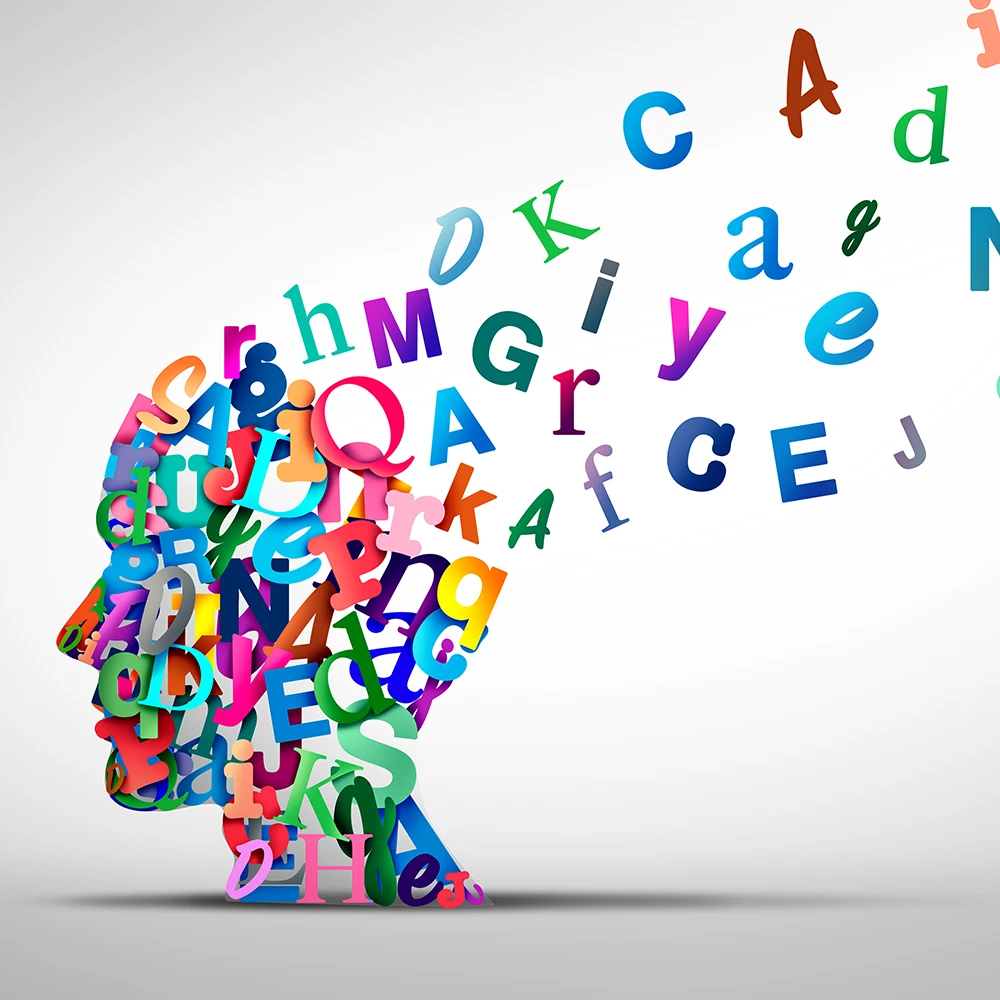A new dyslexia treatment, developed by a team of researchers at the University of California, San Francisco (UCSF), has shown promising results in recent clinical trials. The treatment, called “Neuroplastic Cognitive Training” (NCT), aims to rewire the brain’s neural pathways to improve reading and language processing skills in individuals with dyslexia.
NCT is a computer-based program that engages users in a series of interactive exercises designed to strengthen the connections between brain regions involved in reading and phonological processing. The exercises adapt to each user’s performance, ensuring a challenging but achievable experience.
In a randomized controlled trial involving 120 children with dyslexia, those who underwent NCT for 12 weeks showed significant improvements in reading speed, accuracy, and comprehension compared to a control group that received traditional dyslexia interventions. The NCT group also exhibited enhanced brain activity in regions associated with language processing, as measured by functional magnetic resonance imaging (fMRI).
Dr. Michael Lee, the study’s principal investigator, expressed enthusiasm about the results, stating, “NCT has the potential to revolutionize dyslexia treatment by directly targeting the neurological roots of the disorder. By harnessing the brain’s inherent plasticity, we can help individuals with dyslexia develop the neural pathways necessary for more efficient and effective reading.”
The researchers plan to conduct larger-scale clinical trials to further validate the efficacy of NCT and explore its potential benefits for adults with dyslexia. If successful, NCT could become a widely available, non-invasive treatment option for individuals with dyslexia, complementing existing educational and support strategies.
As innovative treatments like NCT continue to emerge, it is crucial to remain committed to advancing dyslexia research and providing evidence-based solutions for the millions of individuals worldwide who live with this learning disorder. By combining cutting-edge science with a deep understanding of the challenges faced by the dyslexic community, researchers and clinicians can work together to unlock the full potential of every individual with dyslexia.




